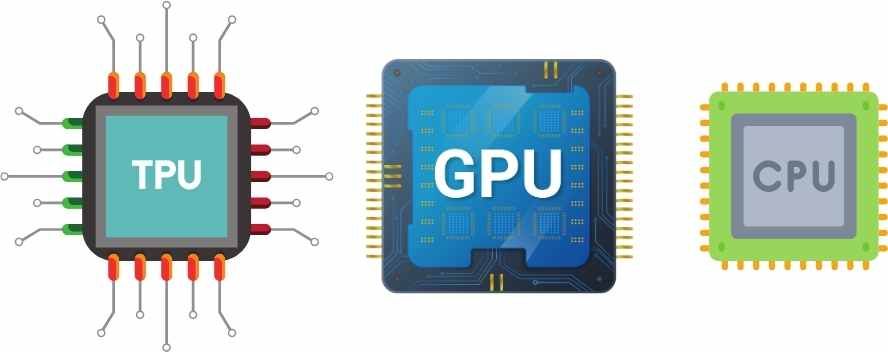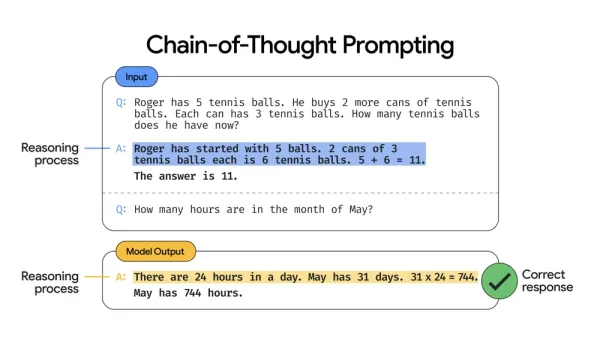Comparing CPU - GPU - TPU and what are they
GPU and TPU are processing units that are used for computationally heavy tasks like graphic and machine training.

GPUs (Graphics Processing Units) and TPUs (Tensor Processing Units) are specialized processors that are designed to accelerate the performance of certain types of computations. GPUs are well-suited for graphics-intensive tasks such as video games and 3D rendering, while TPUs are specifically designed for machine learning workloads.
Types of GPUs
There are two basic types of GPUs: integrated and discrete. Integrated GPUs are embedded on the same chip as the CPU, while discrete GPUs are separate chips that are connected to the motherboard via a PCIe slot.
Integrated GPUs are less powerful than discrete GPUs, but they are also more energy-efficient. They are a good choice for laptops and other devices where power consumption is a concern.
Discrete GPUs are more powerful than integrated GPUs, and they offer a wider range of features and customization options. They are a good choice for desktops and workstations where performance is a priority.
Types of TPUs
There are two types of TPUs: Google TPUs and custom TPUs. Google TPUs are designed by Google and are available on Google Cloud Platform. Custom TPUs are designed by individual companies or organizations and can be used on a variety of hardware platforms.
Google TPUs are more powerful than custom TPUs, but they are also more expensive. They are a good choice for large-scale machine-learning projects that require a lot of computing power.
Custom TPUs are less powerful than Google TPUs, but they are also less expensive. They are a good choice for smaller-scale machine-learning projects or for organizations that want to develop their own custom machine-learning hardware.
How to select GPUs and TPUs
The best way to select a GPU or TPU for your needs depends on the specific tasks you will be using it for. If you are only going to be using it for graphics processing, then an integrated GPU may be sufficient. However, if you are going to be using it for machine learning tasks, then you will need a discrete GPU or a TPU.
If you are choosing between a GPU and a TPU for machine learning tasks, then you need to consider the following factors:
- The size and complexity of your machine learning models
- The amount of data you need to process
- The desired speed of training and inference
If you have large and complex models, or if you need to process a lot of data, then a TPU is the better choice. TPUs are also faster than GPUs for training and inference, so if you need to get your results quickly, then a TPU is the way to go.
However, TPUs are more expensive than GPUs, so if you are on a budget, then a GPU may be a better option. GPUs are also more flexible than TPUs, so if you plan on using your machine learning hardware for other tasks, such as gaming, then a GPU may be a better choice.
Conclusion
GPUs and TPUs are powerful tools that can be used to accelerate the performance of a variety of tasks. The best choice for a particular application will depend on the specific requirements of the workload.
Here is a table that summarizes the key differences between GPUs and TPUs:
| Feature | GPU | TPU |
|---|---|---|
| Purpose | General-purpose | Machine learning |
| Performance | Lower | Higher |
| Power consumption | Higher | Lower |
| Cost | Lower | Higher |
| Availability | More widely available | More limited |
I hope this article helps you to understand the differences between GPUs and TPUs and how to select them based on your specific needs.
Thanks for coming so far, if you enjoy reading this, do consider checking my profile. for other articles.




